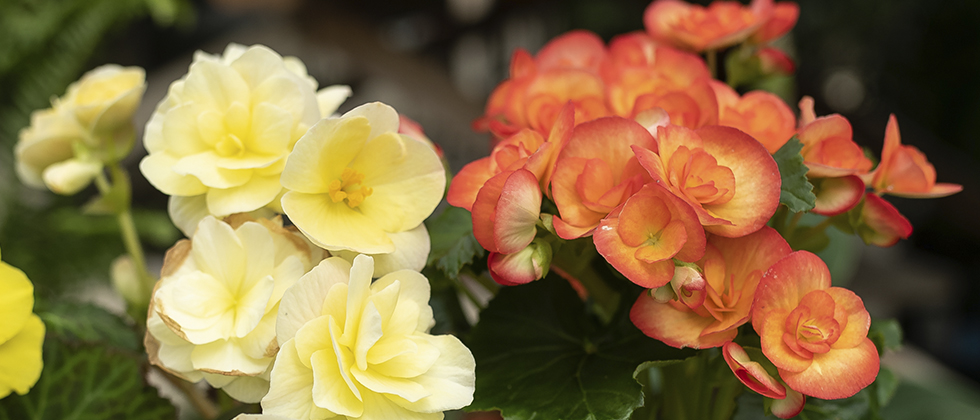How to Grow Begonia Plants
Whether you are just beginning to grow your own Begonia plants or you’ve been growing them for years, it’s important to know how to care for them. In this article we’ll cover some of the most common questions about Begonias, including how to prune them, feed them, and plant them.
Cane begonias
Whether you’re looking to grow cane begonia plants for your landscape or for a hedge, these plants are easy to care for and come in a wide variety of sizes. They produce long, pendulous flowers, and are popular for landscaping.
Cane begonia plants can be grown from seed or cuttings. Taking cuttings is the easiest way to propagate your plant. However, you should always keep your cuttings fresh and free of rot and fungus. You should also fertilize with a complete slow release fertilizer when you’re growing annual flowers.
You should also avoid toxic pesticides, which can damage the leaves. You can try using alcohol-soaked cotton swabs to control mealybugs.
Cane begonia plants will grow best in a sunny location. You can grow them indoors or outdoors in tropical areas. They will also grow well in plastic pots, but you should provide support and water them early in the morning.
Cane begonia plants will need to be pruned occasionally. If you’re growing them in containers, space the branches closer together. You can also prune them in late winter, when you’re preparing for new growth. Some people even prune them back to two-thirds of the cane.
You can grow cane begonia plants as a hedge, or use them to screen a patio or deck. They come in a wide variety of colours, and can be grown in a variety of positions. In a cool climate, they prefer morning sun, and in a warmer climate they prefer filtered light.
Staking begonias
Adding staking to your hanging begonias or upright tuberous begonias will keep your plants well-balanced and provide an easier way to see the beautiful flowers. Staking will also provide a bit more room for the flowers, and help your flower stems stand tall.
The tuberous begonias are generally grown in plastic pots or terra-cotta pots. These plants need a steady warm temperature and good drainage. They also prefer a moist, but not soggy, soil.
When growing upright tuberous begonias, you should stake the plant when it reaches about four to six inches tall. In spring, you can prune back older woody canes. This will make your plant more bushy.
When growing angel wing begonias, you can repot them in the spring. You can also feed them with a half strength liquid fertilizer. You should also give them a small humidifier to keep the humidity high.
Begonias can be planted outdoors in zones 9 and 10, but they do better indoors in colder areas. In zones 2 to 8, you can over-winter them indoors. They should be repotted in a well-drained potting mix that contains equal parts potting soil, perlite or pumice, and peat moss. The mix should also be fertilized monthly during the summer.
When growing angel wing begonias, make sure they are not exposed to direct sunlight. If they are, they can develop brittle stems. They will also rot if they are watered too much. To prevent this, water them sparingly in the winter.
Feeding begonias
Whether you are growing begonia plants indoors or in your garden, you’ll need to feed them regularly. This is important because these plants are heavy feeders. The amount of nutrients they need depends on the pH level of the soil.
A pH that is too acidic will decrease the amount of nutrient particles available to the plant’s roots. If your soil is too alkaline, you may need to add some worm castings or compost to make the soil more acidic.
Begonia plants have beautiful blooms, and you can enjoy them throughout the year. However, if you want to keep your plants healthy and vibrant, you’ll need to feed them regularly. The same is true for anything in life, whether it’s your health, your credit, or your plants — maintenance is required!
The best time to feed your begonia plants is during their blooming period. During this time, you’ll need to fertilize with a balanced, slow-release granular fertilizer.
You can also grow your begonia plants indoors, but you’ll need to monitor the indoor humidity. This is especially important during the winter. In order to keep the humidity high, you’ll want to place your plants on a pebble tray with water. You can also use an oscillating fan to help increase air circulation.
Besides fertilization, you’ll also need to water your begonia plants. Generally, you’ll want to water them once a week. This will help ensure that the foliage has time to dry.

